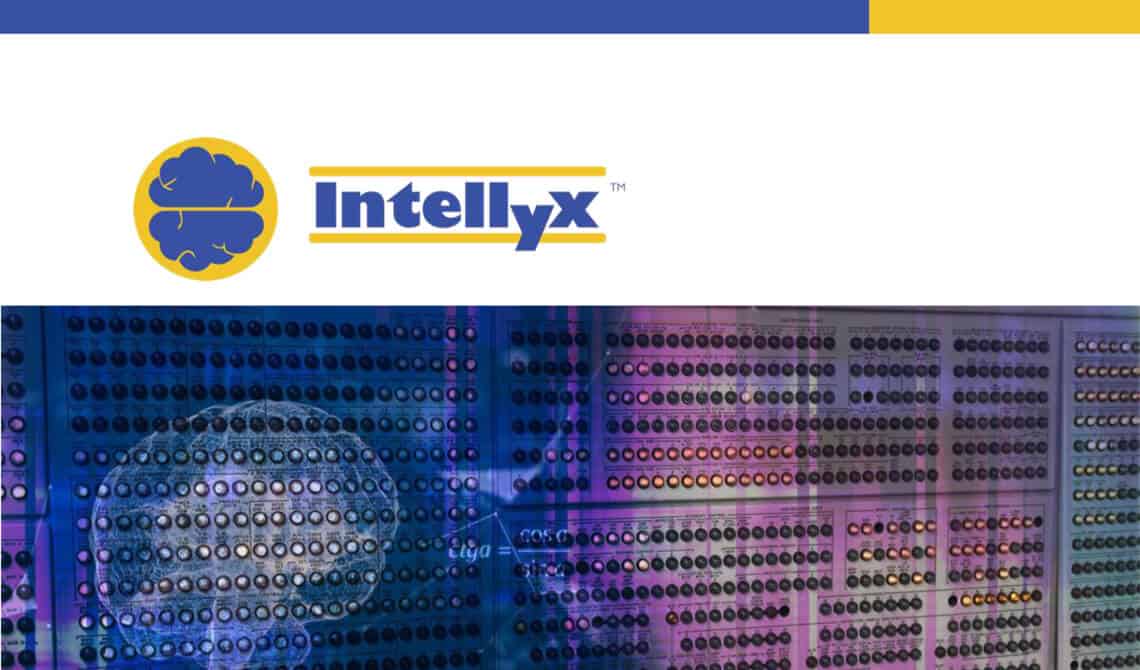How to Bring Cloud-Native Computing to the Enterprise


As the complexity of modern IT continues to explode with no limits in sight, organizations are increasingly leveraging cloudnative computing to bring the best practices of the cloud to their entire IT organization.
Cloud-Native Computing White paper covers –
– Rise of Containers & Kubernetes
– Dealing with State in a Stateless Environment
– Modernizing Legacy Assets the Cloud-Native Way
– How Cloud-Native Architectures Help with Legacy
Modernization
Robin Hyperconverged Kubernetes Platform
Author: Jason Bloomberg
Jason Bloomberg is a leading IT industry analyst, author, keynote speaker, and globally recognized expert on multiple disruptive trends in enterprise technology and digital transformation. He is founder and president of Digital Transformation analyst firm Intellyx. He is ranked #5 on Onalytica’s list of top Digital Transformation influencers for 2018 and #15 on Jax’s list of top DevOps influencers for 2017, the only person to appear on both lists. Mr. Bloomberg is the author or coauthor of four books, including The Agile Architecture Revolution (Wiley, 2013). His next book, Low-Code for Dummies, is due later this year.
How to Bring Cloud-Native Computing to the Enterprise White Paper
As the complexity of modern IT continues to explode with no limits in sight, organizations are increasingly leveraging cloud-native computing to bring the best practices of the cloud to their entire IT organization.
An essential enabling technology for this next-generation approach to architecting IT infrastructure is the use of containers in conjunction with the Kubernetes container orchestration platform.
Containers bring dramatically improved flexibility to the applications that enterprises put in front of customers but lack a sufficiently comprehensive way to maintain persistent information over time because containers are inherently stateless.
Managing state information in such a stateless environment, therefore, is one of the primary challenges facing enterprise deployments of Kubernetes. Both, Robin platform and Robin storage, solve the challenges by enabling stateful workloads that follow cloud-native principles.
What is ‘Cloud-Native’?
For all its transformative power and business value, cloud computing has unquestionably been a lightning rod for hype.
This buzzwordiness continues with little hope of abating. Today, it swirls around such terms as cloud-native. In common parlance, cloud-native refers to software that developers have built-in – and for – the cloud.
This concept is strikingly important to how enterprises take advantage of the cloud – and even more so, extend the value of the cloud to their IT organizations at large.
From the enterprise perspective, this definition of cloud-native might apply to some of the new software they’re building, but the cloud-native world would forever be separated from the on-premises context for enterprise IT that has been with us for generations.
Fortunately, this definition is shifting. Today, ‘cloud-native’ is more than ‘cloud only.’ It means bringing cloud-centric best practices to software and IT generally, whether that be in the cloud or on-premises – or both.
